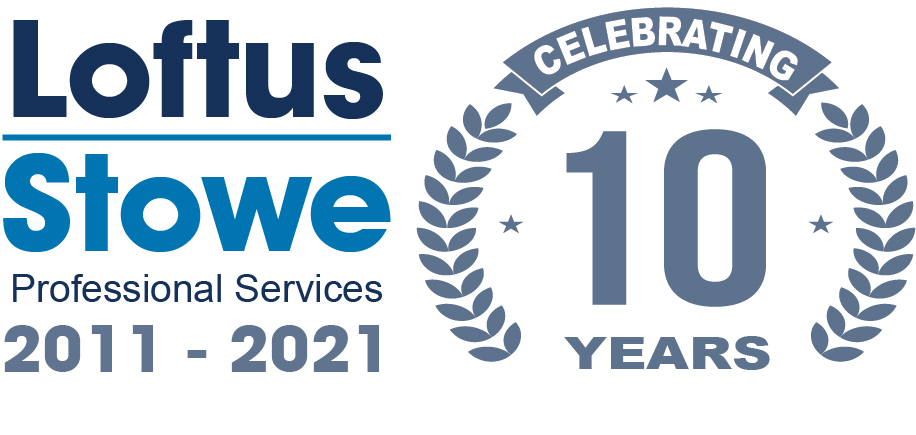A recent run-up in December of the price of telematix providerQuindell(LSE: QPP)has got some analysts prompting investors to jump on board the stock, which dropped 79% in 2014.
But thats a dangerous bet to make: problems that were sparked last year are likely only the start of bigger woes for this chaotically managed company, which is struggling to provide any evidence it can deliver on what appear to be false promises made to shareholders over the last three years.
The company boasts that by taking over Mobile Doctors in 2011, it was able to increase revenue to over 50m, and that a subsequent acquisition of Ai Claims Solutions further increased revenue three-fold and made it an appealing bet to insurers.
On the surface, bold claims of revenue enhancement looked true for a while: last time the company reported revenue for the first half of 2014 it claimed it had made 357.3m in sales.
However, the companys cash position had by then also dwindled nearly 90%, to 18.9m, and bullish promises of providing all cars in the UK with fleet-tracking devices were looking more like hype than heat.
Alarm bells were rung loud at the end of 2014 when the companys chairman Robert Terry was ousted from top spot, who subsequently unloaded 25 million shares onto the open market in December.
A More Defined Target
The real problem with investing in Quindell is that this investment strategy blindlyoverlooksthe key reason investors would want to buy a provider of fleet-tracking software: to capture the potential of being involved in what might become a takeover target in the next 24 months for a major road insurance company such as AAor RAC.
In an industry with the potential for big market scale, but where hype and over-promotion seems to be the dominant characteristic, you want to look for the companies that are producing real, measurable results for customers where those relationships are likely to still be around in five or ten years time. Those are the companies that make the most interesting potential acquisition targets.
If youve made money on Quindell in the recent run-up, and still want to stay invested in the sector, look toa more wholesome and better-valued option than Quindell.
Quartix(LSE: QTX)offers a compelling investment case. In contrast to Quindells perception-before-product approach to doing business, it has been steadily building a nice solid business supplying niche, relationship-focused customers such as Larne Borough Council and Apex Lifts over the past decade, when the technology first appeared on the market. Quartix has been in business since 2001, considerably longer than Quindells three-year sojourn around British motorways.
Crucially, Quartixs management understands what Quindells doesnt: that fleet-tracking device installation is not a one-size fits-all business model. For insurers, its only feasible to adopt the software for customers with premiums over the 700-800 per year mark, since the cost of installation and running it is already around 150 per year.
Aportfolio of strong customer relationships and a solid management team make Quartix a much more viable takeover target than others in the sector, and especially Quindell. Managements control over its business is borne out in the companys earnings. The company estimates that it will earn 4.9m in EBITDA during 2014, with a 14% increase in sales to 15.1m; these earnings follow a 40% rise in EBITDA from 2012-2013, so they look conservative. For 2015, the company is promising an achievable 20% increase over the previous year, meaning that at current levels, the stock has about 15%-35% of juice left in it.
That sounds like something with the ring of truth to it, as well as plenty of value and upside: for shoppers such as big insurers looking to get in on the action, thats usually enough to make them take a closer look.
Avoid Getting Dumped In The Pump
Investing ina viable business with realistic targets such as that which Quartix is engaged in is a completely different approach to leaping on the back of stocks such asQuindell, which amounts to participating ina pump-and-dump scheme.
The main difference between these two strategies is that while the latter pays dividends for life, the former never pays any. Don’t get caught out in the madness of the rush that afflicts many companies in hot sectors: and if you are invested in companies such as Quindell already, remember that there’s no harm in taking profits to put into dividend-paying growth stories.
To find out more ways to create dividends for life, download the Motley’s Fool free report on the subject here.
Get FREE Issues of The Motley Fool Collective
Get straightforward advice on whats really happening with the stock markets, direct to your inbox. Help yourself with our FREE email newsletter designed to help you protect and grow your portfolio wealth.
By providing your email address, you consent to receiving further information on our goods and services and those of our business partners. To opt-out of receiving this information click here. All information provided is governed by our Privacy Statement.
Daniel Mark Harrison has no position in any shares mentioned. The Motley Fool UK has no position in any of the shares mentioned. We Fools don’t all hold the same opinions, but we all believe that considering a diverse range of insights makes us better investors.





